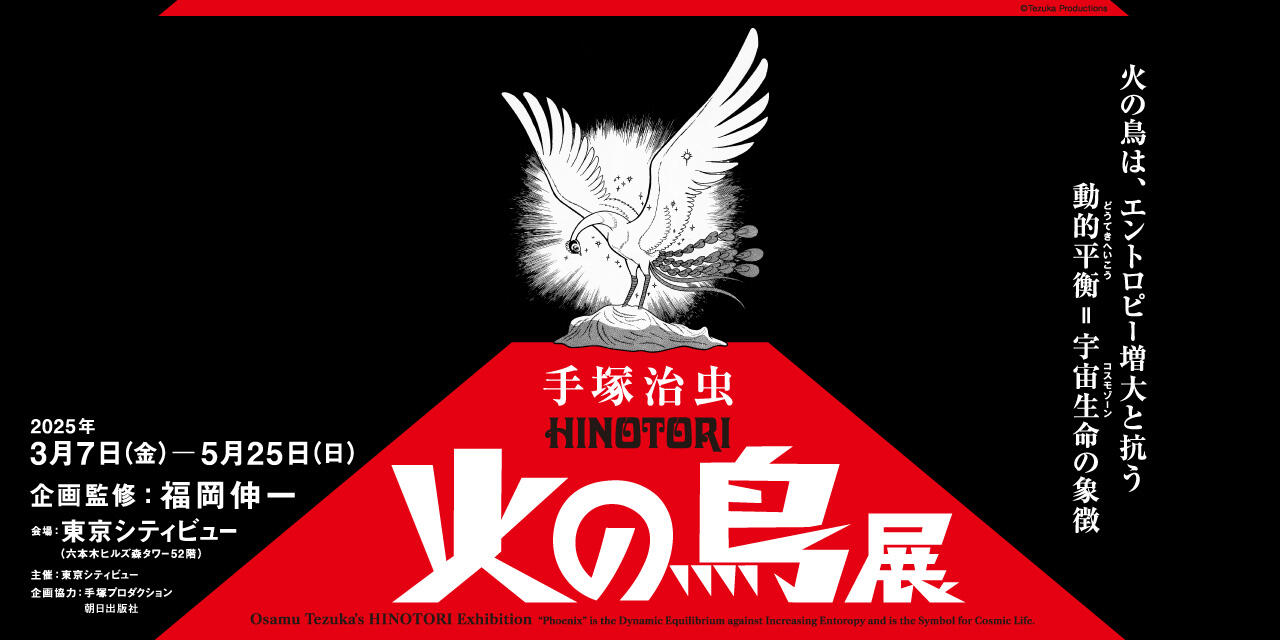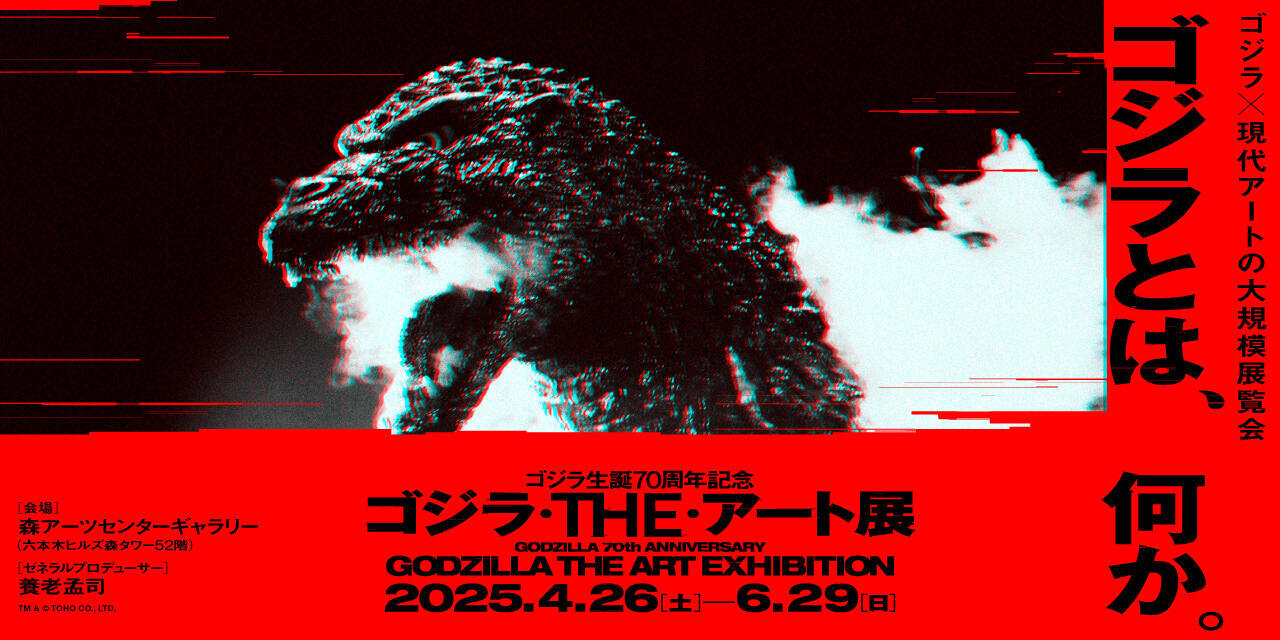Tryst with Destiny - Speech on the granting of Indian independence, August 14th, 1947, Jawaharlal Nehru (1889-1964)
| Artist | : | Shilpa Gupta (1976-) |
|---|---|---|
| Nationality | : | India |
| Year | : | 2007-2008 |
| Material | : | Microphone, microphone stand with built-in speaker, amplifier |
| Size | : | Audio: 9 min., microphone: 145 x 30 x 30 cm |
Shilpa Gupta studied sculpture at the Sir J. J. School of Fine Arts from 1992 to 1997. Her work has been featured in internationally renowned exhibitions and institutions worldwide. In 2011, she was the recipient of the Biennale Award at the Bienal De Cuenca, Ecuador. In 2004, she received the Transmediale Award (Berlin) and Sanskriti Pratishthan Award (New Delhi). She was also named International Artist of the Year by the South Asian Visual Artists Collective (Canada).
While Gupta’s artistic vocabulary has its foundations in Western Conceptual art, these methodologies and protocols are used to explore the history of the artist’s home country of India as part of a larger postcolonial cultural context. Her work repeatedly addresses the themes of nationalism, trade, religion, and the way individual and collective memory and perception unfold. In the sound installation Tryst with Destiny - Speech on the granting of Indian independence, August 14th, 1947, Jawaharlal Nehru (1889-1964), Gupta re-enacts an important speech given in 1947 by Jawaharlal Nehru, the first prime minister of India, on the eve of India’s new independence from Great Britain. Throughout the speech, Nehru raises ideals of a new India, such as a quest for liberty and equality, and the eradication of corruption. Whereas Nehru delivered his famous speech in front of a large crowd, the installation consists of an old microphone alone in the room next to the text of the speech. The voice of the artist can be heard quietly murmuring the speech, at times singing, which drags the audience in. By looking back at this speech, the vast discrepancy between the proclaimed ideals at the time of independence and the political reality of present-day India becomes apparent. As so often in her work, Gupta juxtaposes individual and collective experience, which becomes manifest in the microphone, transforming from an authoritarian receiver of one single person’s vision into a speaker through which we hear one symbolic voice of an invisible mass of people.
-

Shilpa Gupta
Tryst with Destiny - Speech on the granting of Indian independence, August 14th, 1947, Jawaharlal Nehru (1889-1964)
2007-2008
Microphone, microphone stand with built-in speaker, amplifier
Audio: 9 min., microphone: 145 x 30 x 30 cm
Installation view: MAM Collection 004: Imagining the Unknown Stories, Mori Art Museum, Tokyo, 2017
Photo: Shiigi ShizuneShilpa Gupta
Tryst with Destiny - Speech on the granting of Indian independence, August 14th, 1947, Jawaharlal Nehru (1889-1964)2007-2008
Microphone, microphone stand with built-in speaker, amplifier
Audio: 9 min., microphone: 145 x 30 x 30 cm
Installation view: MAM Collection 004: Imagining the Unknown Stories, Mori Art Museum, Tokyo, 2017
Photo: Shiigi Shizune
Tryst with Destiny - Speech on the granting of Indian independence, August 14th, 1947, Jawaharlal Nehru (1889-1964)
| Artist | : | Shilpa Gupta (1976-) |
|---|---|---|
| Nationality | : | India |
| Year | : | 2007-2008 |
| Material | : | Microphone, microphone stand with built-in speaker, amplifier |
| Size | : | Audio: 9 min., microphone: 145 x 30 x 30 cm |
Shilpa Gupta studied sculpture at the Sir J. J. School of Fine Arts from 1992 to 1997. Her work has been featured in internationally renowned exhibitions and institutions worldwide. In 2011, she was the recipient of the Biennale Award at the Bienal De Cuenca, Ecuador. In 2004, she received the Transmediale Award (Berlin) and Sanskriti Pratishthan Award (New Delhi). She was also named International Artist of the Year by the South Asian Visual Artists Collective (Canada).
While Gupta’s artistic vocabulary has its foundations in Western Conceptual art, these methodologies and protocols are used to explore the history of the artist’s home country of India as part of a larger postcolonial cultural context. Her work repeatedly addresses the themes of nationalism, trade, religion, and the way individual and collective memory and perception unfold. In the sound installation Tryst with Destiny - Speech on the granting of Indian independence, August 14th, 1947, Jawaharlal Nehru (1889-1964), Gupta re-enacts an important speech given in 1947 by Jawaharlal Nehru, the first prime minister of India, on the eve of India’s new independence from Great Britain. Throughout the speech, Nehru raises ideals of a new India, such as a quest for liberty and equality, and the eradication of corruption. Whereas Nehru delivered his famous speech in front of a large crowd, the installation consists of an old microphone alone in the room next to the text of the speech. The voice of the artist can be heard quietly murmuring the speech, at times singing, which drags the audience in. By looking back at this speech, the vast discrepancy between the proclaimed ideals at the time of independence and the political reality of present-day India becomes apparent. As so often in her work, Gupta juxtaposes individual and collective experience, which becomes manifest in the microphone, transforming from an authoritarian receiver of one single person’s vision into a speaker through which we hear one symbolic voice of an invisible mass of people.




